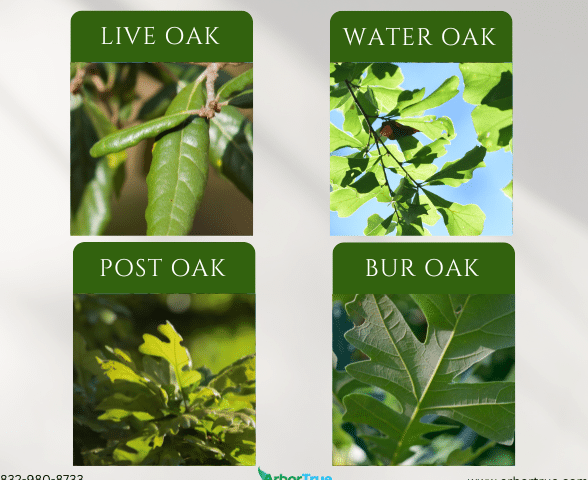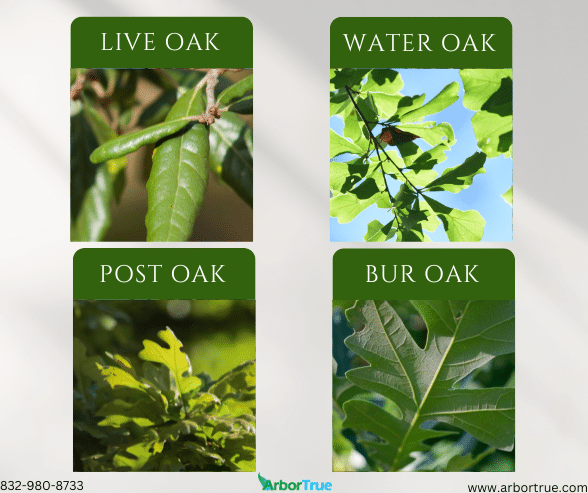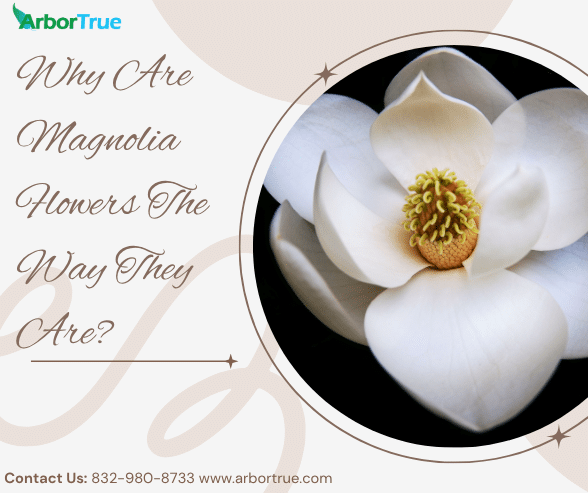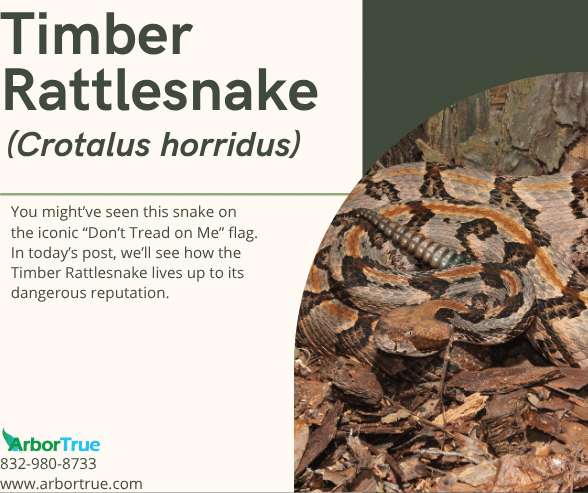
The Anna Apple Tree: Post Four: Pollination and Fertilization
July 3, 2024
Mushroom Monday: Chocolate Milky (Lactarius lignyotus)
July 8, 2024

The Leaves of Four Oaks: Live, Water, Post, and Bur
Learning to identify different trees can involve looking at a number of things. You can look at bark, flowers, fruit or cones, structure, and more. One of the first things you might start with though are leaves. For a number of trees, their leaves can be a good first thing to look at as you try to identify a tree.
In this post, we are going to look at the leaves of four different oak trees. Depending on where you live, oaks can be common and looking at their leaves and learning to see some of the differences can be a good first step in learning how to tell them apart.
The four oaks we are going to look at in this post are:
Live Oak – Quercus virginiana
Water Oak – Quercus nigra
Post Oak – Quercus stellata
Bur Oak – Quercus macrocarpa
Some Things the Leaves of the Four Oaks Have in Common
The leaves of these four oaks have some things in common.
First, they are all simple leaves. This means that each leaf has one blade. This is different from compound leaves where each leaf is composed of multiple leaflets.
Second, all have alternate leaves. This means that as you go along a stem, you’ll see leaves on alternate sides.
Third, the water oak, post oak, and bur oak are all deciduous trees. These trees lose their leaves in the fall. The live oak, as the name might suggest, is an evergreen tree and retains its leaves through the winter.
Apart from these things the leaves have some similarities and some differences. We’ll look at them as we look at each leaf below. As you read, see the images above.
Live Oaks (Quercus virginiana)
As mentioned, live oaks are evergreen trees. This can be one aspect that can help you identify them. Also, as noted, their leaves are alternate and they are simple.
Live oak leaves are thick. They have an elliptical shape and can be around two to four inches long and around a half an inch to two inches wide. On their top sides, they are a dark shade of green and smooth with a glossy appearance. On their bottom sides, they have a paler color that can look whitish. Their edges are smooth, but can also have teeth toward their ends.
Water Oaks (Quercus nigra)
As noted above, water oaks are deciduous trees with simple leaves that alternate. They can grow to around two to four inches in length and get to be one to two inches wide. They are narrow toward their base and wide toward their tips. Their tips have three lobes although they aren’t pronounced and they can have bristles at their ends. The leaves are thin and have a blue/green top side and a light green bottom side. Although the trees are deciduous the leaves stay on the tree longer than the leaves of some other trees and can be on them through part of the winter months. When the leaves are young their shapes can vary.
Post Oaks (Quercus stellata)
Again, as noted, post oaks are deciduous trees with simple leaves that alternate. The leaves of post oaks can be longer and wider than the other oaks we’ve looked at. They can get to be four to six inches in length and can be about as wide. Their shapes vary, but generally they will have five lobes without bristles. The leaves can be thick and are colored with a dark shiny shade of green on their top sides with a lighter color and fine hairs on their undersides.
Bur Oak (Quercus macrocarpa)
As with the other leaves, bur oaks are deciduous trees and have alternate, simple leaves. Bur oak leaves can be the longest of the leaves we’ve examined. They can get to between half a foot and a foot in length and can be three to six inches in width. The number of lobes varies from five to nine and their shapes vary as well, though they don’t have bristles on their ends. There is at least one pair of deep spaces between lobes and the upper part of the leaf can have teeth or be slightly lobed. They can have a dark green color on their top sides.
A Summary Table
Here’s a table that summarizes some of the information and can help you to have a better idea of what leaf you might be looking at.
| Deciduous or Evergreen | Simple or Compound Leaves | Leaf Arrangements | Length (in) | Width (in) | General Shape | Top side Color | |
| Live Oak (Quercus virginiana) | Evergreen | Simple | Alternate | 2 to 4 | 0.5 to 2 | Smooth edges (may have teeth toward ends) | Green – dark and glossy |
| Water Oak (Quercus nigra) | Deciduous | Simple | Alternate | 2 to 4 | 1 to 2 | Narrow toward the base, wide toward the tip – three slight lobes at tip | Blue/green |
| Post Oak (Quercus stellata) | Deciduous | Simple | Alternate | 4 to 6 | 4 to 6 | Five lobes without bristles | Dark shiny green |
| Bur Oak (Quercus macrocarpa) | Deciduous | Simple | Alternate | 6 to 12 | 3 to 6 | Five to nine lobes with varying shapes | Dark green |
Leaves are one part of learning to identify and distinguish between different trees. They aren’t enough to look at, but can be a good starting point. As you learn to identify trees, be sure and also examine things like bark, flowers, fruit, and so forth.
If you liked learning about the leaves of four oaks check out our other posts on our TrueTreeTalk blog. Follow us on Facebook to keep up with these and other posts.
* * *
ArborTrue is a science-based tree-service company in the greater Houston area. We provide a range of services including tree trimming, tree pruning, tree removal, tree planting, arborist consultations, and more. Call us today at 832-980-8733 or reach out to us online to schedule an appointment.



